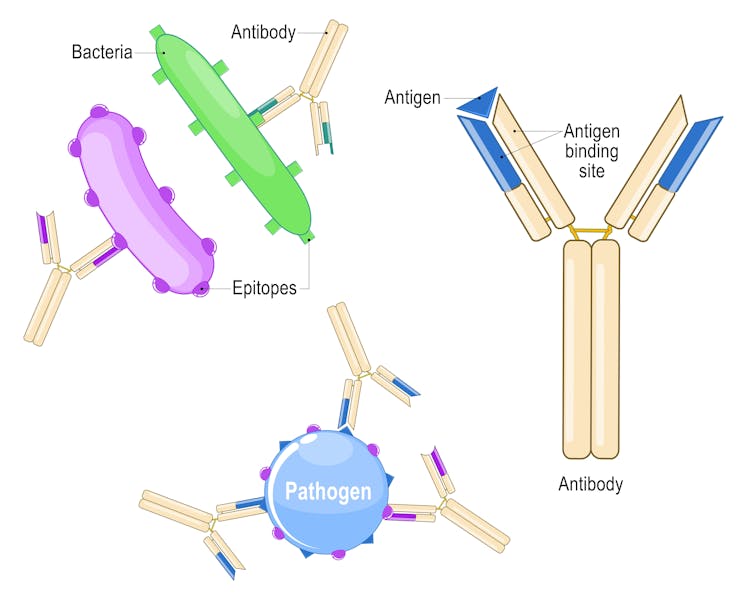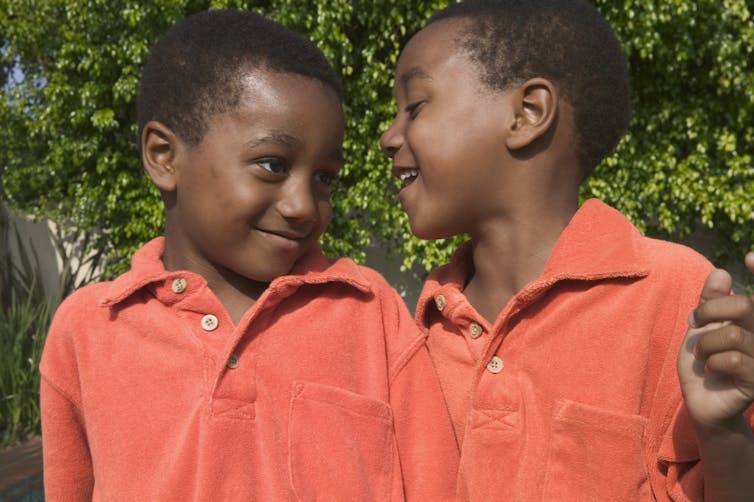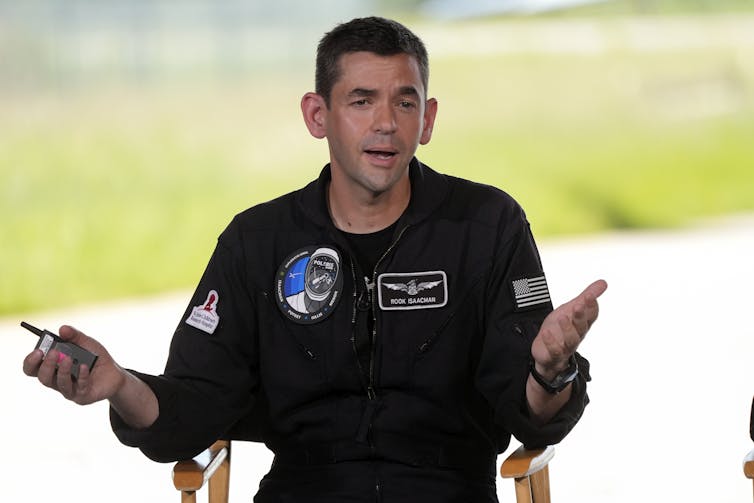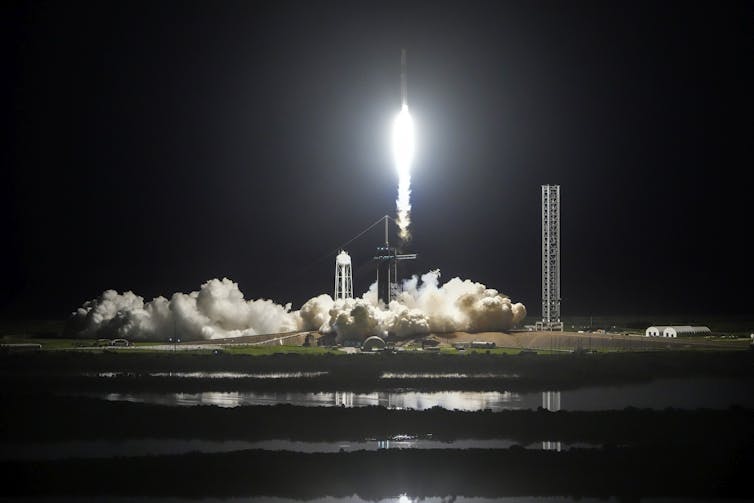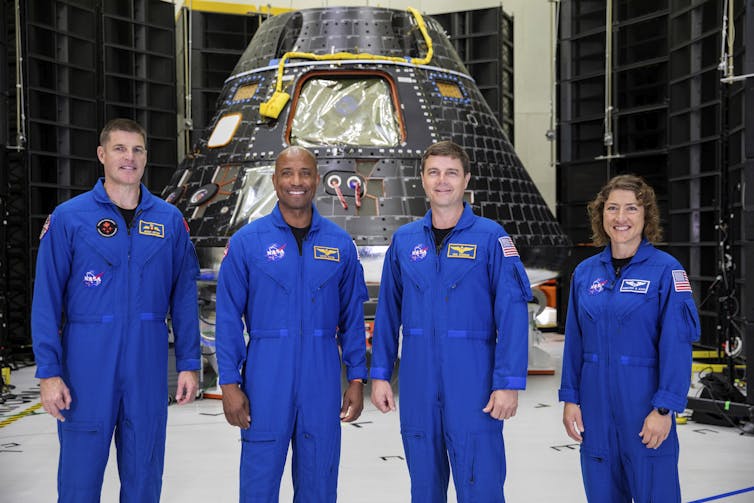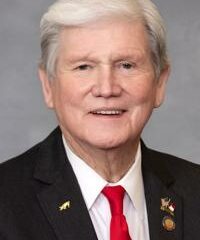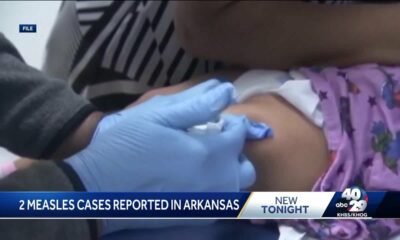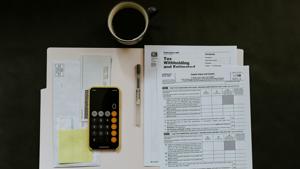
Michael Siluk/UCG/Universal Images Group via Getty Images
C. Michael White, University of Connecticut
The animal tranquilizers xylazine and medetomidine are in approximately one-third of the illegal opioids available in the U.S., including fentanyl, heroin and oxycodone. Animal tranquilizers enhance the user’s euphoric high from opioids, particularly in those who have developed a tolerance to the opioid. But adding the tranquilizers to these already illicit drugs could keep naloxone, a medication known to prevent deaths from opioid overdose, from working.
These are the key findings of my recent study, published in March 2025 in the Journal of Pharmacy Technology.
As a pharmacist and researcher who investigates the physical and psychological effects of illegal drugs and “legal high” substances, I’m well aware of how animal tranquilizers in opioids have critical health implications for users, their families and the first responders who try to help them.
I conducted this new systematic review to collate information on the prevalence of animal tranquilizer adulteration of illicit opioid products, the mechanisms of action, and how these new products could affect the current recommendations for naloxone use in people who have stopped breathing.
Why it matters
Opioids, much of them illicit, kill more than 80,000 Americans every year.
Quick administration of naloxone – also known as Narcan – by a first responder, loved one or bystander can revive an opioid user who has overdosed. If administered in time, naloxone is effective in over 90% of cases. Typically, a nasal spray is used.
By blocking the brain’s opioid receptors, naloxone keeps the opioid from suppressing the user’s ability to breathe.
But animal tranquilizers bypass the opioid receptors; instead, they overstimulate the brain’s alpha-2 receptors, which are responsible for inducing relaxation.
Naloxone, however, does not significantly affect alpha-2 receptors, so it doesn’t work as well with opioids laced with animal tranquilizers.
To put it another way, naloxone remains effective against the opioid portion of a combination product, but it’s ineffective against the animal tranquilizer component.
Even after naloxone was administered to them, 73% of people in one study who used opioids blended with xylazine or medetomidine required mechanical ventilation and 55% were comatose.
Often, the result is death. One study shows just over 35% of users who overdosed on xylazine, with or without opioids, died.

Neither emergency personnel nor loved ones can tell whether a user has taken only the opioid or a combination drug, which means they can no longer be sure whether the naloxone will work.
This is all happening as overdose opioid deaths in the U.S. experienced a slight decline. There were just over 81,0000 deaths in 2023, about a 4% decrease from the previous year.
Much of that progress is due to the increased accessibility of naloxone since its approval as a nonprescription nasal spray by the U.S. Food and Drug Administration in March 2023.
Today, it’s common to see health agencies giving away naloxone for free at community events, workplaces putting naloxone boxes near their automatic external defibrillators, and rescue kits containing naloxone in public places, from universities to highway rest stops.
What still isn’t known
Because of the possible presence of xylazine or medetomidine in these drugs, changes might be needed to the standard recommendations to treat opioid emergencies. But this has not been systematically studied.
Currently, if you can’t rouse a person you suspect has overdosed, the recommendation is to administer the first nasal dose of naloxone before calling 911.
But now, because of the possibility the opioid contains a tranquilizer, it might be better to call 911 before giving the first dose, as is now recommended in New York state. That way, first responders arrive sooner and can provide mechanical ventilation, if needed.
Should the person not revive after the first dose, rather than following the current standard recommendation – sitting and waiting two minutes before dispensing the second dose – new research suggests it might be better to do rescue breathing. Regardless of what happens in the interdose period, if the second dose is unsuccessful, New York state now recommends rescue breathing until first responders arrive.
The Research Brief is a short take on interesting academic work.![]()
C. Michael White, Distinguished Professor of Pharmacy Practice, University of Connecticut
This article is republished from The Conversation under a Creative Commons license. Read the original article.


















